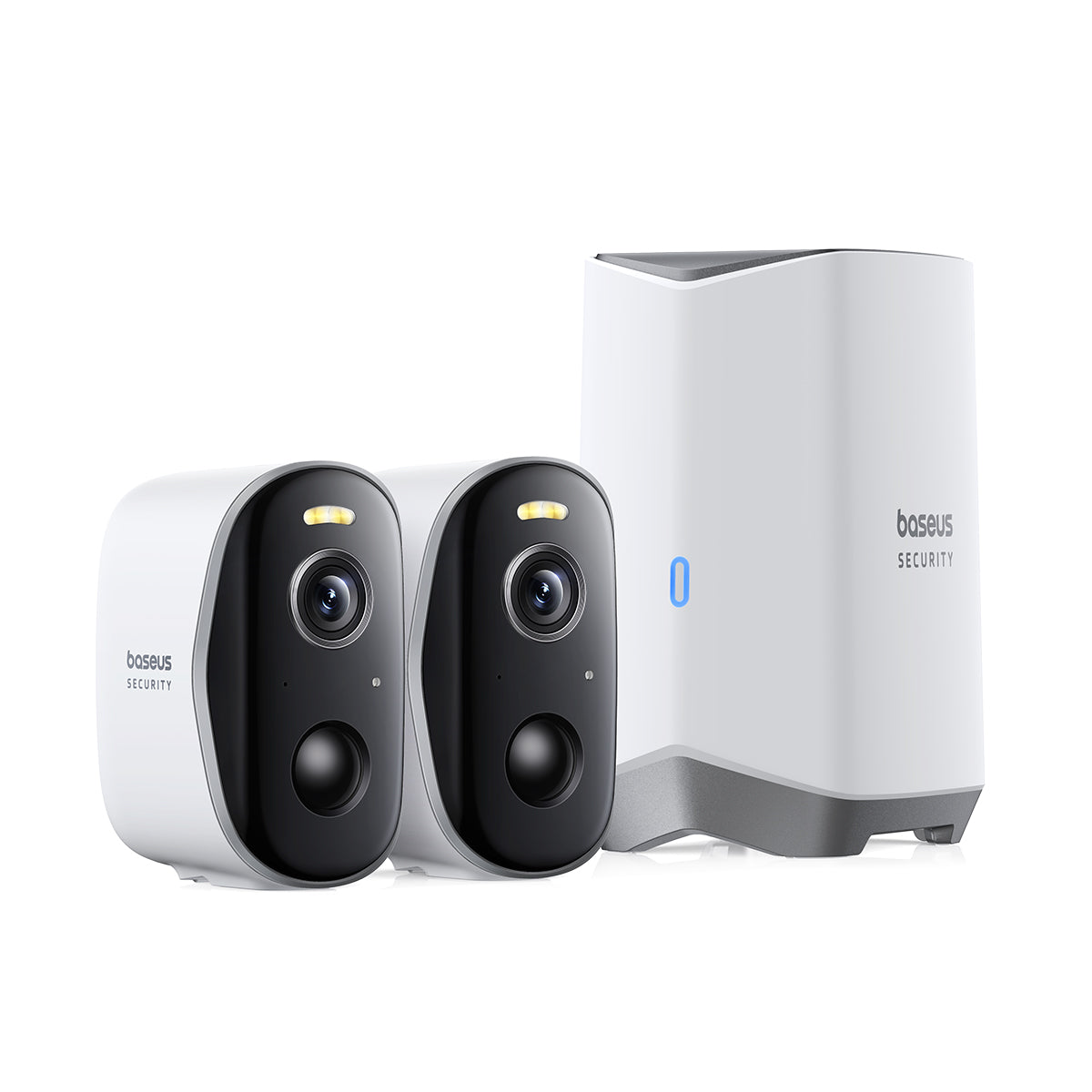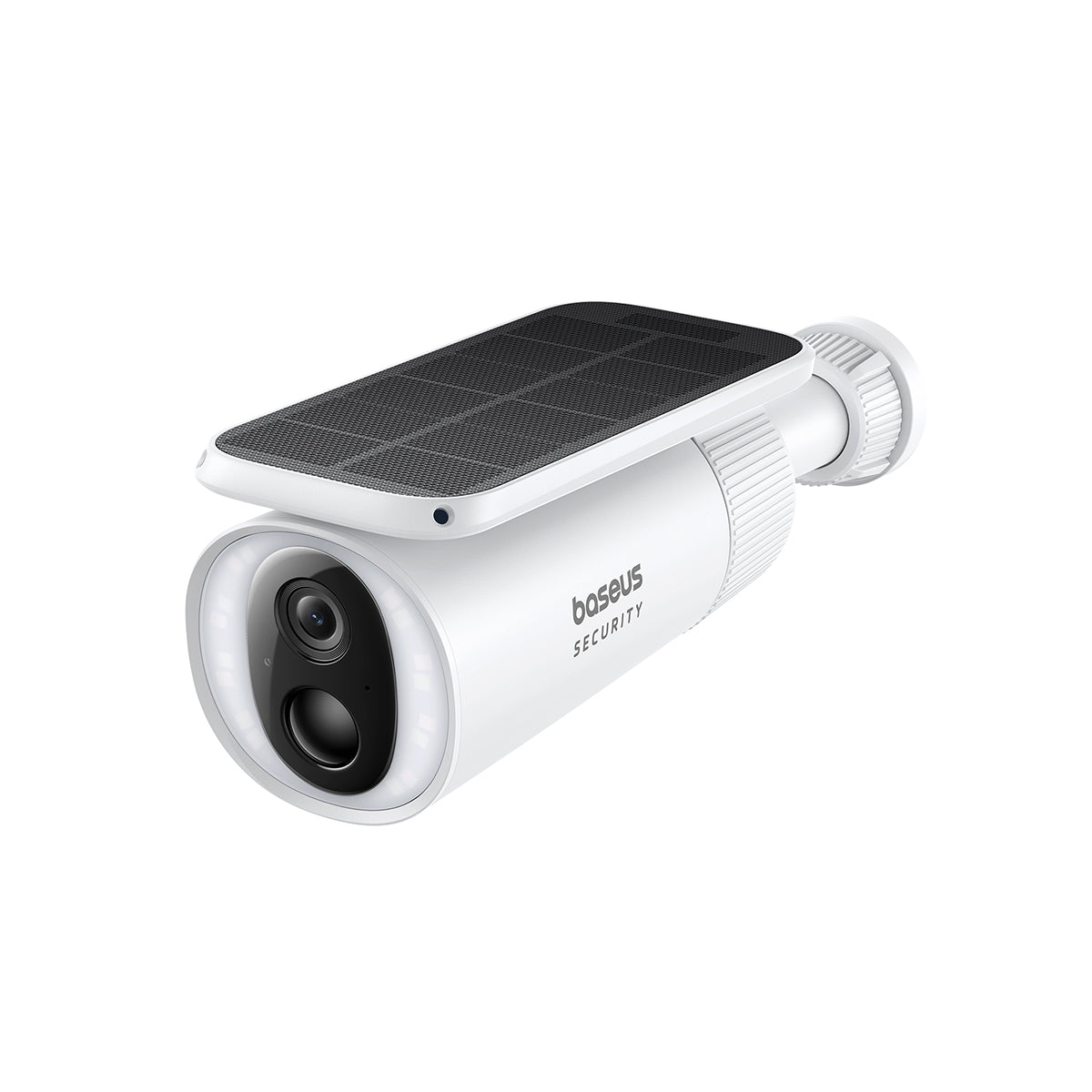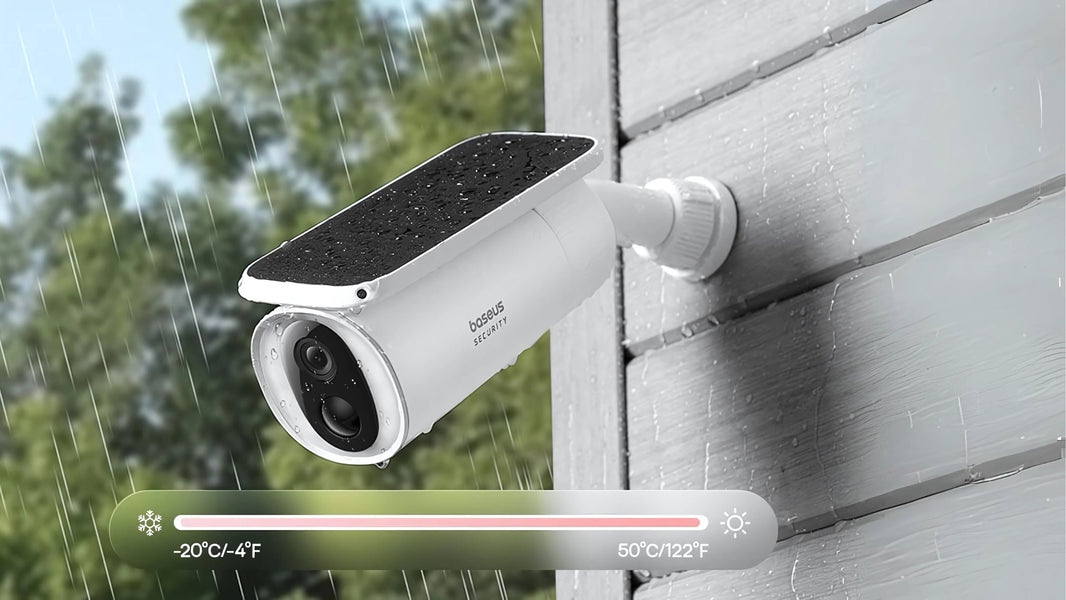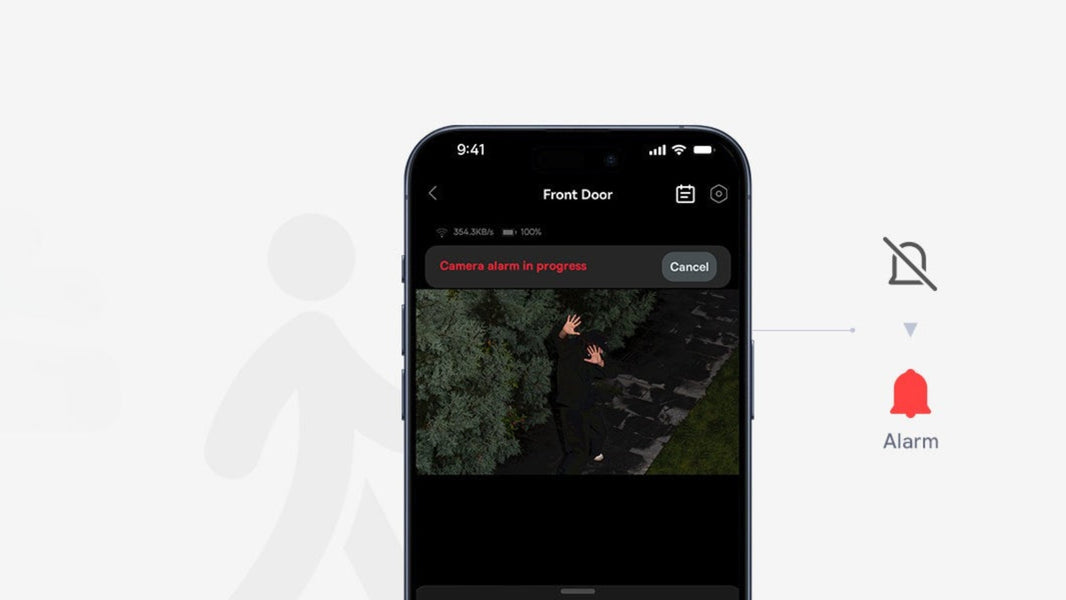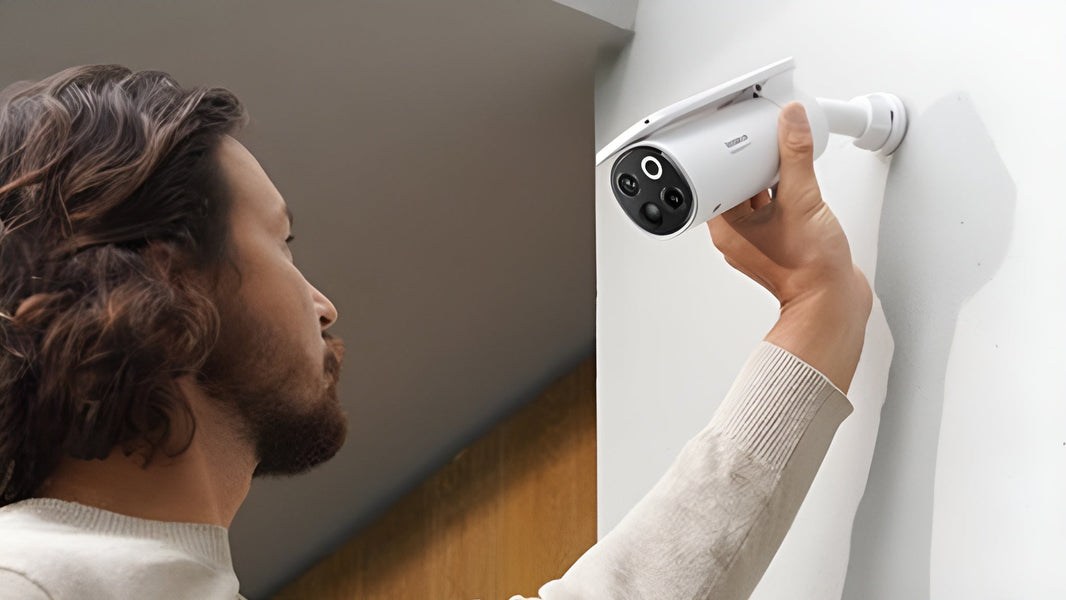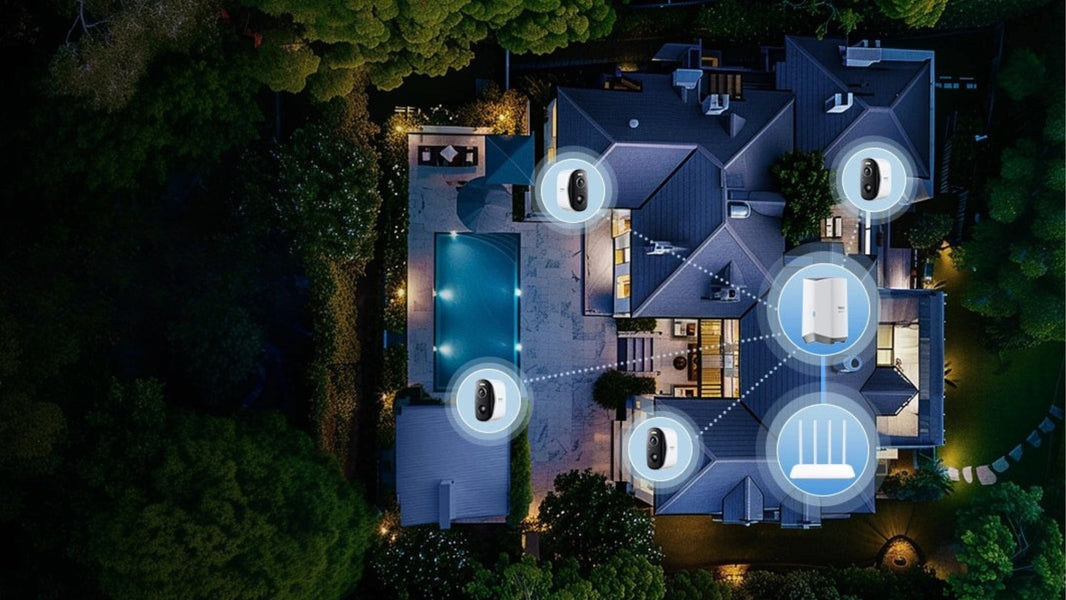Securing the exterior of your home is the first and most critical step in creating a sanctuary for you and your family. In 2025, we have access to an incredible array of technological guardians: smart security cameras that can see in the dark, differentiate between a person and a passing car, and even speak on our behalf. But this abundance of choice creates a complex problem. The camera that is perfect for a sheltered front porch will almost certainly fail when asked to monitor an expansive, exposed backyard. There is no such thing as a one size fits all solution.
Context is everything. Choosing the right outdoor security camera is an exercise in matching the tool to the specific job. It requires a thoughtful assessment of each unique zone around your property and a clear understanding of what you need to protect.
This guide will serve as your strategic blueprint. We will move beyond generic advice to provide a detailed, location specific analysis that will help you choose the perfect camera for your porch, your driveway, your backyard, and every vulnerable spot in between. We will explore the different features that matter most and make the case for the unmatched reliability of outdoor wired cameras as the foundation of a truly robust security perimeter.
The Foundational Decision: Power and Connection
Before you even think about specific locations, you must decide how your cameras will receive power and transmit data. This fundamental choice will influence the reliability and capabilities of your entire system.
The Case for Outdoor Wired Cameras
When dependability is your top priority, nothing surpasses a wired connection. The term "wired" can mean two things. A camera can be wired for its power source but transmit its video signal over Wi Fi. Or, in the most robust setups known as Power over Ethernet (PoE), a single ethernet cable delivers both constant power and a rock solid data connection.
The benefits are undeniable. With outdoor wired cameras, you will never have to worry about changing or recharging a battery. More importantly, your video feed is immune to the whims of a fluctuating Wi Fi signal, which can be disrupted by weather, network congestion, or even malicious jamming. It is a true set it and forget it solution, providing the kind of unwavering performance that serious home security demands.
The Flexibility of Wireless
Of course, battery powered and solar powered wireless cameras offer one huge advantage: incredible ease of installation. They can be mounted almost anywhere without the need to drill holes for cables, making them an excellent choice for renters or for monitoring detached structures where running a wire is impractical. The trade off, however, is the need to manage battery life and ensure a consistently strong Wi Fi signal reaches the camera's location.
Matching the Camera to the Location: A Strategic Placement Guide
Let's walk around your property and identify the unique security needs of each zone. Finding the best outdoor security cameras is about this tailored approach.
Location 1: The Front Porch and Main Entrance
-
Objective: To clearly see the faces of all visitors, monitor package deliveries, and communicate with people at your door, day or night.
-
Recommended Features: Look for a camera with at least 2K resolution to capture fine details. A wide field of view is essential to see the entire porch area. Two way audio is a non negotiable feature, allowing you to speak with delivery drivers or unexpected guests. Video doorbells are a popular, specialized choice here for good reason.
-
Power Choice: Due to its proximity to your home's entrance, this location is easily served by a plug in wired camera or a battery powered wireless model.
Location 2: The Driveway and Garage
-
Objective: To monitor your vehicles, capture license plates clearly, and guard a major entry point to your home. This area demands high performance.
-
Recommended Features: This is where the best outdoor cameras truly shine. You need excellent, long range night vision. A motion activated spotlight is a powerful deterrent and enables color video recording at night. A durable, weatherproof build is also crucial.
-
Power Choice: The driveway is a prime location for the steadfast reliability of outdoor wired cameras. A PoE camera, in particular, ensures that this critical vantage point is always recording without fail, protecting some of your most valuable assets.
Location 3: The Expansive Backyard and Patio
-
Objective: To oversee a large open area, keep an eye on children or pets, and monitor secondary structures like sheds, gates, or pool areas.
-
Recommended Features: For large, open spaces, a single camera with Pan Tilt Zoom (PTZ) capabilities can do the work of several fixed cameras, allowing you to remotely look around the entire area. To avoid constant notifications from swaying trees or wandering animals, advanced AI person detection is an absolute must.
-
Power Choice: This is an area where a hybrid approach often works best. You might install a powerful wired camera on the back of the house to cover the patio, and supplement it with a flexible, solar powered wireless camera to monitor a distant garden shed.
Beyond Location: Critical Features to Demand in 2025
Regardless of where you mount your camera, there are several key features that separate the great from the merely good.
Local Storage: The Key to No Subscription Fees
Many people are searching for the best outdoor security cameras without subscription fees. The secret is local storage. When a camera has a slot for a microSD card or connects to a central Network Video Recorder (NVR), your video footage is saved on a device you own. This eliminates the need to pay a monthly fee for cloud storage, saving you a significant amount of money over the long term.
Weatherproof Ratings Explained (IP Codes)
Any outdoor camera will claim to be "weather resistant," but this term is meaningless without a specific rating. The IP Code, or Ingress Protection Rating, is a global standard that tells you exactly how protected a device is. As detailed by the International Electrotechnical Commission (IEC), the code consists of two numbers. The first (usually a 6 for cameras) indicates it is dust tight. The second number is for water protection:
-
IP65: Protected against low pressure water jets (rain). Good for sheltered locations.
-
IP66: Protected against powerful water jets (driving rain, storms). A solid baseline for exposed locations.
-
IP67: Protected against temporary immersion in water. Ultimate protection for flood prone areas.
Smart AI Detection
Intelligent alerts are a game changer. Instead of getting a notification every time a car drives by, advanced AI can differentiate between people, vehicles, and general motion. The best systems even offer package detection. This intelligence is embodied in highly advanced devices like the Baseus S1 Pro Outdoor Security Camera, which uses sophisticated algorithms to ensure that the alerts you receive are the ones that actually matter, making your security system a helpful partner rather than a noisy nuisance.
Conclusion: Building Your Perimeter with Confidence
Choosing the right outdoor camera is not about finding one perfect device. It is about building a team of specialists. It is about selecting a camera with two way audio for your porch, a rugged, high performance model for your driveway, and a wide angle lens for your backyard.
By carefully considering the unique demands of each location and prioritizing the unwavering dependability of outdoor wired cameras for your most critical zones, you can build a security perimeter that is both intelligent and incredibly robust. You can create a system that not only records what happens but actively deters threats, giving you true peace of mind.
Find Your Perfect Outdoor Guardian
Ready to design your home’s ideal security layout? Explore our collection of high performance outdoor cameras and find the perfect devices to protect every corner of your property.



